
Keep up to date with our innovative initiatives.
Sign up here
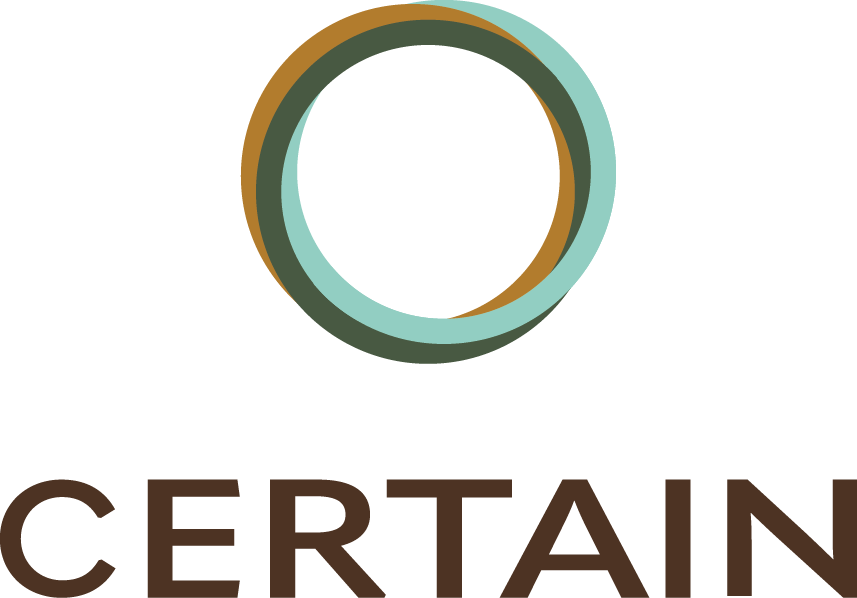
Started at: 01-06-2025
Ends on: 31-05-2028
Budget: € 13 999 414.78
Areas: Mobile Wireless Internet (MWI) and Distributed Artificial Intelligence (DAI)
CERTAIN will create a comprehensive safety assurance framework for CCAM systems, prioritizing Safety, Trust, Acceptance, and Comfort (STAC) throughout the vehicle lifecycle and facilitating the swift integration of trustworthy AI-based (sub)systems. By ensuring that CCAM systems are designed to adapt to the cognitive complexity of human road users, this approach will foster user trust and acceptance, ultimately leading to increased market penetration.
CERTAIN will deliver a resilient, human-centric, and continuous safety assurance methodology for CCAM, enabling “Scenario-based safety assurance of CCAM and related HMI in a dynamically evolving transport system.”
This will be achieved through four Use Cases covering all automation levels, vehicle types, and diverse road users. The validation of the SAF through four comprehensive Use Cases is critical to ensuring its robustness and versatility. These Use Cases encompass a broad spectrum of vehicle types, including passenger cars, trucks, passenger shuttles, and last-mile delivery shuttles, across diverse environments such as urban and highway settings. Testing will be conducted in varied environments, including simulations, proving grounds, and field operational tests, and will cover all levels of autonomy up to SAE Level 4. This multi-faceted approach ensures the SAF’s applicability and effectiveness across a wide range of real-world scenarios, enhancing its reliability and scalability.
Within this project, i2CAT will have a significant role in Work package WP3 – AI-based CCAM systems validation. WP3 aims to develop a validation methodology for scenario-based safety assurance of AI-based CCAM functions, contributing to the overarching EU goal of Trustworthy Autonomous Driving. Particularly, i2CAT will lead Task 3.3 – Trustworthy AI: safety validation strategies for CCAM functions. While some definitions and requirements for Trustworthy AI, exist for general AI systems, the goal of this task is to adapt and apply these concepts to AI-based CCAM functions. This involves tailoring the general requirements to the specific context of CCAM functions, ensuring they address the unique challenges and needs of these systems, and identifying gaps or inconsistencies regarding safety. The goal is to produce more robust and trustworthy AI systems for CCAM functions. This process will also help to identify limitations and areas for further improvement, contributing to the overall safety and reliability of AI-based CCAM applications.
i2CAT will also contribute to WP5 – Integrated approach and Tools for validation (including V2X validation), which focuses on 3 main objectives:
1) Creating a V2X validation methodology.
2) Developing an integrated approach and tools for validation of HMI, AI, continuous assessment, and V2X using the extended SUNRISE safety assurance framework (SAF), with an emphasis on co-simulation.
3) Validating simulation environments for ADSs’ safety assurance.
i2CAT will also have an active participation in Task 5.1 – Validation methodology for V2X systems. Within this task, researchers will define ADS instantiations with connectivity, establishing test objectives, evaluation criteria, and requirements for scenarios and simulation environments.
Finally, i2CAT will be also involved in Work package 6 – SAF validation through Use Case implementation, which primary objective is to validate the Safety Assurance Framework components developed in the project against the user requirements identified in WP1. This will be achieved by implementing a series of Use Cases that will simulate real-world needs and assess the robustness, reliability, and effectiveness of the SAF.
By adopting user-centric technologies to address safety assurance for dynamically evolving CCAM systems and their HMI components, CERTAIN will notably contribute to achieving a safe, seamless, smart, inclusive, resilient and sustainable mobility systems for people and goods.
Funded by the European Union. Views and opinions expressed are however those of the author(s) only and do not necessarily reflect those of the European Union. Neither the European Union nor the granting authority can be held responsible for them.








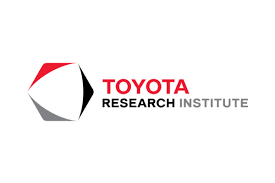



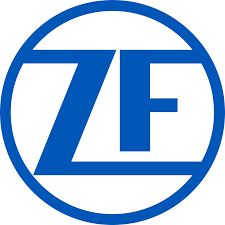




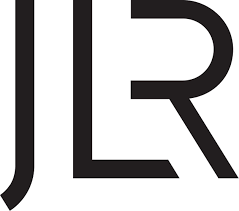
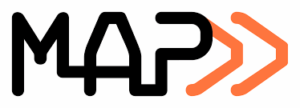




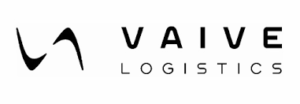


CERTAIN is funded by the European Union Framework Programme for Research and Innovation Horizon Europe under grant agreement 101203230